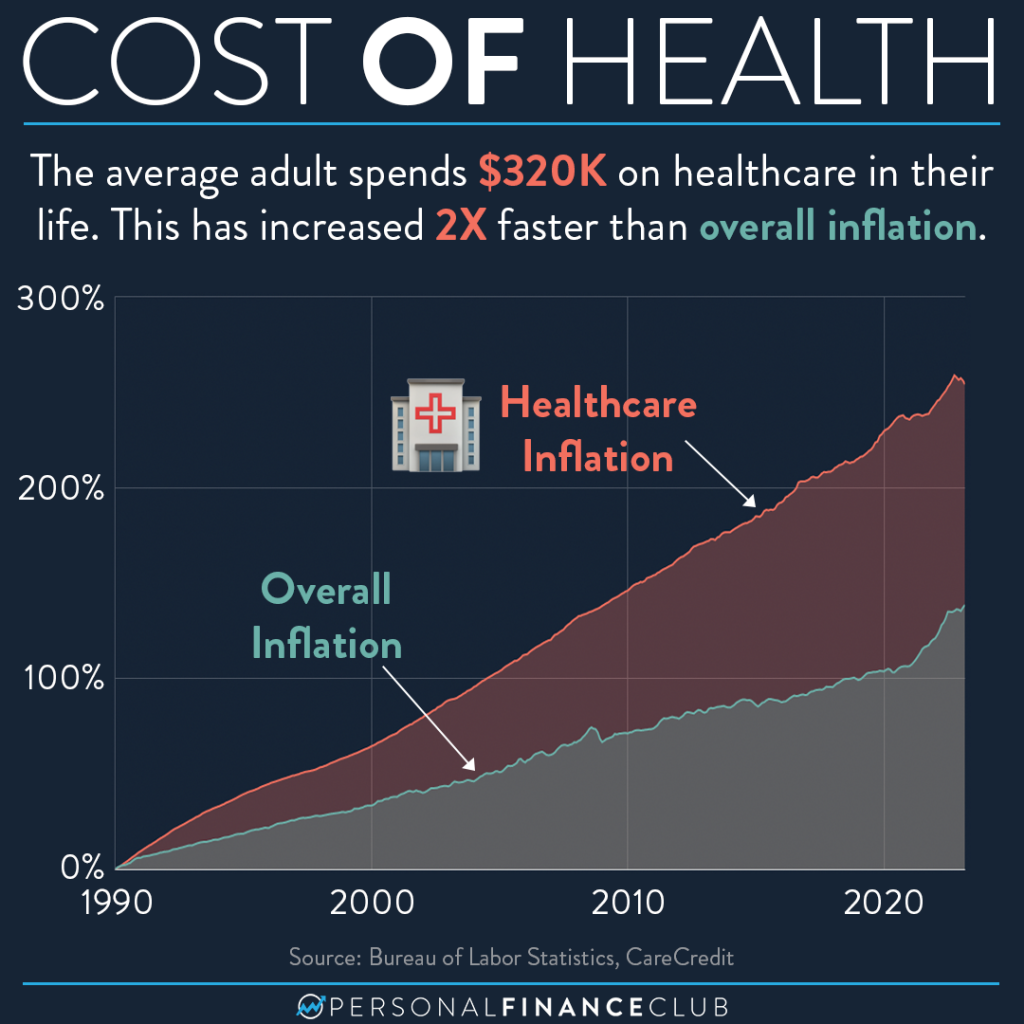Exactly How to Execute Healthcare RCM for a Smooth Income Cycle
Exactly How to Execute Healthcare RCM for a Smooth Income Cycle
Blog Article
A Comprehensive Guide on Just How Medical Care RCM Works to Enhance Invoicing and Collections
Browsing the intricacies of health care income cycle administration (RCM) is important for providers intending to improve their payment and collections procedures. The guide unloads the intricacies of RCM, from client enrollment to accounts receivable management, supplying understandings into enhancing each action.
Understanding Profits Cycle Administration
Understanding the ins and outs of Profits Cycle Administration (RCM) is important for health care organizations aiming to enhance their economic performance. RCM is an important administrative feature that incorporates the entire economic procedure of client treatment, from the preliminary visit establishing to the last payment of the balance. It is a complex procedure designed to identify, gather, and handle the profits from the solutions supplied to people. Reliable RCM ensures that healthcare suppliers obtain prompt and precise payments, reducing the risk of profits loss and improving cash circulation.
The RCM process starts when an individual routines a consultation and prolongs via the client's treatment trip, including payment and collections. A crucial objective is to lower the time between offering a solution and getting payment, hence enhancing the company's monetary wellness. RCM involves different functions such as person registration, insurance coverage confirmation, charge capture, coding, claims entry, payment publishing, and dealing with allures and denials.
Trick Components of RCM
In the world of Profits Cycle Monitoring (RCM), comprehending its vital components is essential to accomplishing financial performance within health care companies. RCM is a detailed procedure that encompasses various phases, each vital to ensuring effective invoicing and collections. The key components consist of individual enrollment, insurance verification, cost capture, coding, case submission, repayment publishing, and receivable monitoring.


When coded, insurance claims are submitted to payers, where precision is extremely important to stay clear of beings rejected or hold-ups - Healthcare RCM. Payment publishing entails recording the received settlements, which enables for the reconciliation of accounts. Lastly, accounts receivable management concentrates on tracking and dealing with unsettled claims, ensuring timely follow-up and resolution
Each component of RCM is adjoined, and ineffectiveness in any type of part can interfere with the entire cycle. As a result, grasping these aspects is essential for doctor to maximize income and enhance their monetary health and wellness.
Techniques for Effective Invoicing

Standardizing billing procedures throughout the organization is one more essential strategy. Developing clear standards for documents, coding, and submission helps keep uniformity and conformity with regulative requirements. Training staff on a regular basis on these procedures guarantees everybody is updated with the most up to date adjustments in payment codes and payer plans.
Precise charge capture is crucial in avoiding profits leakage. Implementing routine audits and tracking systems enables the recognition and modification of inconsistencies before they influence profits. Additionally, keeping open lines of interaction with payers helps to quickly solve any type of disagreements or misunderstandings that may emerge.

Finally, interesting people early in the payment process by offering clear price quotes and instructional materials about their financial responsibilities can considerably decrease confusion and boost settlement timeliness. These approaches jointly add to a more economically healthy and efficient payment system.
Enhancing Collections Processes
Offered the complexities of clinical billing and the variety of payer demands, enhancing the collections next page procedure includes implementing critical measures that ensure precise and prompt payment of services rendered. Automation devices can assist in tracking claim standings, sending prompt reminders to patients, and managing denials more successfully.
Training personnel to understand the nuances of insurance plan and billing codes is equally essential. This knowledge encourages them to attend to invoicing disparities swiftly and interact efficiently with individuals concerning their financial obligations. In addition, clear and clear client interactions are crucial. Offering in-depth descriptions of charges and using versatile layaway plan can enhance person complete satisfaction and punctual settlements.
Regular audits of the collections procedure should be conducted to recognize areas for improvement and make certain conformity with guidelines. By examining information, health care companies can determine patterns, anticipate prospective concerns, and adapt approaches appropriately (Healthcare RCM). Eventually, a well-enhanced collections procedure not only sustains financial wellness yet also adds to a much more seamless experience for clients and staff alike
Optimizing Revenue Streams
Structure upon the structure of a solid collections process, healthcare companies can further reinforce their economic stability by tactically optimizing profits streams. This includes a multi-faceted method, starting with an extensive analysis of existing profits sources to recognize ineffectiveness and areas for growth. Employing innovative data analytics tools allows organizations to get insights right into payer mix, person demographics, and service usage patterns, enabling data-driven decisions that boost revenue capture.
Implementing automated invoicing systems can substantially lower errors and speed up claims refining, ensuring that profits is accumulated more successfully. Moreover, enhancing payer contracts via regular settlements can boost reimbursement rates and terms, directly affecting the bottom line. Expanding service offerings, such as incorporating telehealth or health care, can additionally bring in a more comprehensive patient base, therefore raising revenue potential.
An additional critical element is boosting patient interaction and satisfaction, as completely satisfied patients are extra likely to stick to treatment plans and make timely repayments. Supplying flexible settlement options and transparent invoicing techniques can enhance collections and foster client loyalty. Healthcare RCM. By embracing these strategies, medical care organizations can produce a much more resilient economic framework, making certain continual development and security in an ever-changing industry landscape
Verdict
In final thought, health care Earnings Cycle Administration (RCM) plays a critical function in optimizing invoicing and collections processes by integrating key elements such as client registration, insurance policy verification, cost capture, coding, asserts entry, and balance due management. By utilizing advanced technology, systematizing treatments, and promoting client involvement, doctor can substantially reduce claim rejections, look these up increase payment cycles, and improve cash money flow. This detailed strategy to RCM ultimately results in enhanced financial efficiency and sustainability for healthcare organizations.
The RCM procedure begins when an individual timetables a visit and expands through the client's treatment journey, consisting of payment and collections.Another important component is improving individual involvement and fulfillment, as completely satisfied patients are extra most likely to stick to treatment strategies and make prompt settlements. Offering flexible settlement alternatives and clear payment techniques can improve collections and foster individual commitment.In verdict, medical care Earnings Cycle Management (RCM) plays a crucial role in optimizing billing and collections procedures by incorporating key components such as person registration, insurance policy confirmation, cost capture, coding, asserts entry, and accounts receivable management. the original source By employing advanced innovation, standardizing treatments, and cultivating patient involvement, medical care service providers can dramatically minimize insurance claim rejections, increase payment cycles, and boost money flow.
Report this page